DESCRIPTION
Nowadays, digital images and video are everywhere. Image Processing revolutionizes very many domains, notably:
- Digital Media (video/image/movie) Content Production and Broadcasting, Social Media Analytics,
- Medical/Biological/Dental Imaging and Diagnosis,
- Big Visual Data Analytics,
- Internet and Communications (media broadcasting, streaming).
- Scientific Imaging of any sort, e.g., Remote Sensing, Environment Sensing.
Photoshop and many other image processing tools are ubiquitous.
Furthermore, Image Processing is typically the first step that enables diverse applications, in unison with Computer Vision and Machine Learning:
- Autonomous Systems (cars, drones, vessels) Perception,
- Robotics Perception and Control,
- Intelligent Human-Machine Interaction,
- Anthropocentric (human-centered)Computing,
- Smart Cities/Buildings and Assisted living.
Visual Computing, encompassing Computer Vision and Image Processing, coupled with AI (notably Machine Learning and Deep Neural Network) advances hit the news almost every day.
This CVML Web Module focuses on Image Processing and 2D Signal Processing theory, its applications in the above-mentioned diverse domains and new challenges ahead. First, an Introduction to Image Processing will be offered to clarify concepts in a precise and mathematical way, to be complemented by a formal Image Typology. Image sampling will provide the necessary background to understand the potential and limitations of digital images. It will be complemented by a mathematical and programming definition and treatment of digital images. Image formation and its issues (e.g., image noise, deformations) will then be detailed, whether based on visible light or on other modalities (e.g., Xrays, Ultrasound).
2D Signals and Systems will provide the theoretical and algorithmic tools for most image processing operations. The basic 2D Signal Processing will be detailed in 2D Digital Filter Design and Realization. Fast 2D convolution algorithms will be presented in detail, as they will provide efficient implementation of most image processing operations and are the cornerstone of Convolutional Neural Networks and of many Computer Vision Tasks. Then notions related to Image transforms will be clarified, together with their applications in image/video analysis and compression.
All the above will be used to model precisely and mathematically Digital Image Formation and Digital Camera structure. Human Visual System will be overviewed. It provides the foundations for Image Perception. Particular attention will be paid to Color Theory. They both have a strong impact on Image Quality, Computational Aesthetics and Image Processing system design specifications. Image filtering will provide tools to reduce noise and enhance image quality, e.g., to increase contrast, perform image zooming or printing. Special image processing operations, will be also overviewed, notably halftoning, pseudo-coloring, contrast enhancement, Super-resolution, High-Dynamic Range Imaging and Image Restoration.
As digital images are ubiquitous and have large memory demands, Image Compression will be presented in detail.

LECTURE LIST
- 2D Digital Filter Design and Realization
- 2D Systems
- Color Theory
- Computational Aesthetics
- Digital Image Formation
- Digital Image Filtering
- Digital Image Processing
- Digital Images
- Fast 2D convolution algorithms
- High-Dynamic Range Imaging
- Human Visual System
- Image Compression
- Image Perception
- Image Restoration
- Image Quality
- Image Sampling
- Image Typology
- Image Transforms
- Introduction to Image Processing
- Super-resolution

